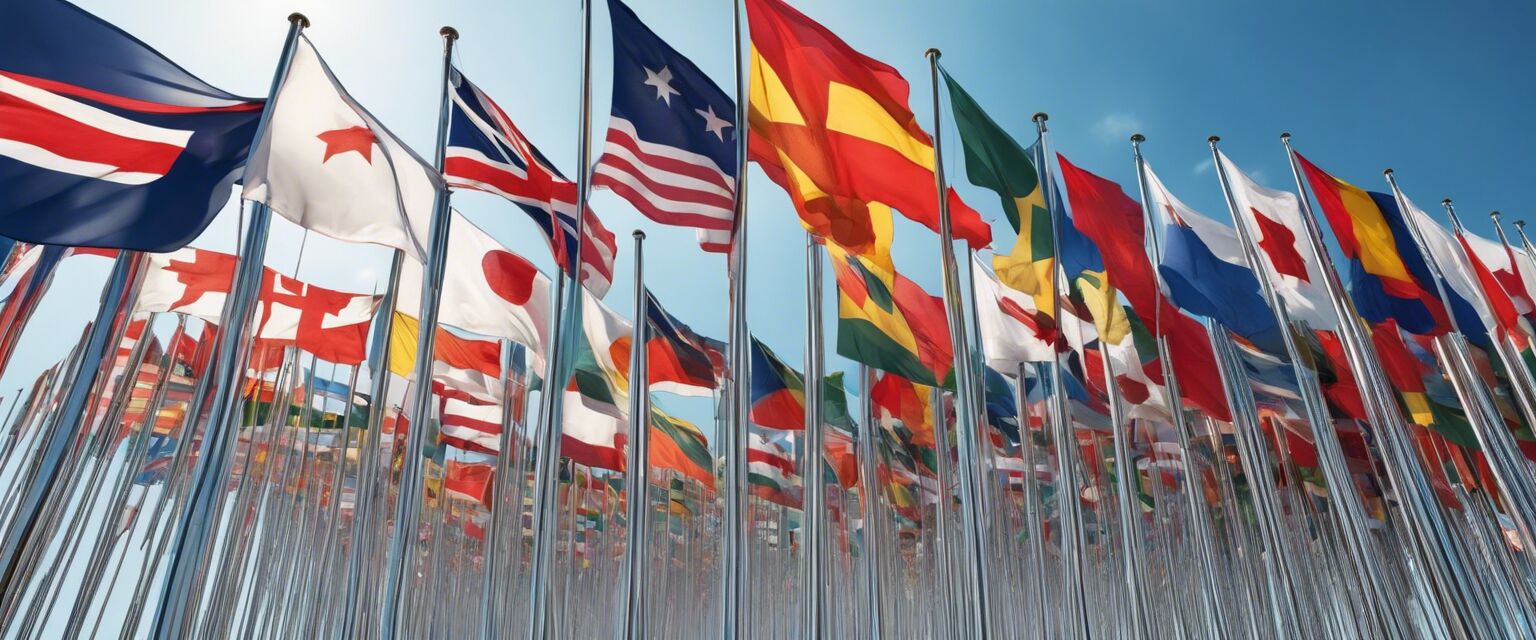
Flag manufacturing
Key Takeaways
- Understanding materials is crucial for quality flag production.
- Different processes are used depending on the flag type.
- Attention to detail in design ensures flags represent their intended message.
- Environmental sustainability is becoming more important in flag manufacturing.
Flag manufacturing is an intricate process that involves various materials and techniques to create symbols that represent nations, organizations, and events. In this article, we will explore the materials used in flag production, the processes involved, and the importance of quality in flag manufacturing.
Materials used in flag manufacturing
Flags can be made from a variety of materials, each offering different advantages and characteristics. Here is a breakdown of commonly used materials:
| Material | Characteristics | Common Uses |
|---|---|---|
| Polyester | Durable, weather-resistant, vibrant colors | Outdoor flags, national flags |
| Nylon | Lightweight, flies well in the wind | Indoor flags, ceremonial flags |
| Cotton | Classic appearance, easy to print | Historical flags, decorative flags |
| Canvas | Heavy-duty, durable | Custom flags, large banners |

Processes involved in flag manufacturing
The manufacturing of flags involves several key processes that ensure quality and attention to detail. Below are the main steps involved:
- Design: Creating a design that effectively represents the intended message.
- Material selection: Choosing the appropriate material based on the flag's purpose.
- Printing: Utilizing techniques such as dye-sublimation or screen printing to transfer designs onto the fabric.
- Cutting: Precisely cutting the fabric into the desired shapes and sizes.
- Sewing: Sewing the pieces together and adding finishing touches, such as grommets or sleeves.
Types of flags
Flags come in various types, each designed for specific purposes. Here are some common flag categories:

Environmental considerations in flag manufacturing
In recent years, there has been a growing emphasis on sustainability in flag manufacturing. Manufacturers are exploring eco-friendly materials and processes to reduce their environmental impact. Here are some sustainable practices being adopted:
- Using recycled materials for flag production.
- Implementing water-saving printing processes.
- Using biodegradable packaging for shipping flags.
Conclusion
Flag manufacturing is a blend of art and science, requiring careful consideration of materials and processes. As we move towards a more environmentally conscious world, the industry is adapting to meet these challenges while continuing to produce beautiful and meaningful flags.
Tips for choosing the right flag
- Consider the purpose of the flag.
- Choose the right material based on where the flag will be displayed.
- Ensure the design is clear and represents its intended message.
Pros
- Diverse materials lead to quality options.
- Customizability for various occasions.
- Flags serve as powerful symbols for identity.
Cons
- Quality can vary between manufacturers.
- Environmental impact of certain materials.
- Flags can fade and wear over time.








